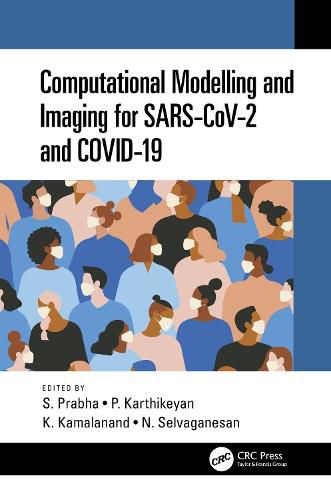Readings Newsletter
Become a Readings Member to make your shopping experience even easier.
Sign in or sign up for free!
You’re not far away from qualifying for FREE standard shipping within Australia
You’ve qualified for FREE standard shipping within Australia
The cart is loading…






The aim of this book is to present new computational techniques and methodologies for the analysis of the clinical, epidemiological and public health aspects of SARS-CoV-2 and COVID-19 pandemic. The book presents the use of soft computing techniques such as machine learning algorithms for analysis of the epidemiological aspects of the SARS-CoV-2. This book clearly explains novel computational image processing algorithms for the detection of COVID-19 lesions in lung CT and X-ray images. It explores various computational methods for computerized analysis of the SARS-CoV-2 infection including severity assessment. The book provides a detailed description of the algorithms which can potentially aid in mass screening of SARS-CoV-2 infected cases. Finally the book also explains the conventional epidemiological models and machine learning techniques for the prediction of the course of the COVID-19 epidemic. It also provides real life examples through case studies. The book is intended for biomedical engineers, mathematicians, postgraduate students; researchers; medical scientists working on identifying and tracking infectious diseases.
$9.00 standard shipping within Australia
FREE standard shipping within Australia for orders over $100.00
Express & International shipping calculated at checkout
The aim of this book is to present new computational techniques and methodologies for the analysis of the clinical, epidemiological and public health aspects of SARS-CoV-2 and COVID-19 pandemic. The book presents the use of soft computing techniques such as machine learning algorithms for analysis of the epidemiological aspects of the SARS-CoV-2. This book clearly explains novel computational image processing algorithms for the detection of COVID-19 lesions in lung CT and X-ray images. It explores various computational methods for computerized analysis of the SARS-CoV-2 infection including severity assessment. The book provides a detailed description of the algorithms which can potentially aid in mass screening of SARS-CoV-2 infected cases. Finally the book also explains the conventional epidemiological models and machine learning techniques for the prediction of the course of the COVID-19 epidemic. It also provides real life examples through case studies. The book is intended for biomedical engineers, mathematicians, postgraduate students; researchers; medical scientists working on identifying and tracking infectious diseases.